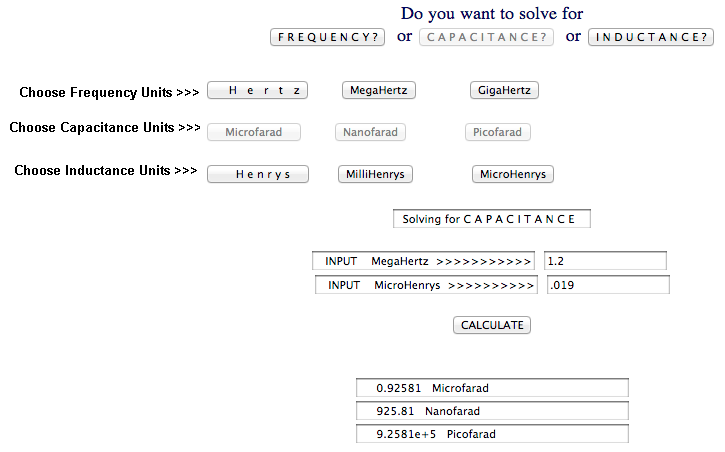There are three capacitor measurements you need to know how to make: capacitance, leakage current, and equivalent series resistance. Capacitance is easy to measure if you have a current limited supply or can use a resistor. Apply a voltage, then time how long it takes to charge up. You might need to use an oscilloscope or even an Arduino for the second part. Leakage current is the easiest of the three, apply a voltage (ideally through a resistor) for a few minutes, and then measure the current. ESR requires some special tricks. Since it is the resistance of the “wires” connecting to the capacitive element’s anode and code, you have to measure resistance without charging up the capacitor. (Otherwise, you get leakage.)
In the post Measuring Aluminum Electrolytic Capacitor’s ESR, I go through those methods in more detail. I also introduce the PEAK Electronics ESR70. It’s a pocket-sized instrument that measures both Capacitance and ESR. There’s a button you can touch, or it detects when a new capacitor is connected. Check out my Workbench Wednesdays review where I go into depth about how the meter works (and whether or not I like it.) Oh one bonus feature, it works while in-circuit!
As of this post, it has been almost six years since I first wrote about capacitors on my blog. The article was the Arduino GSM Shield’s capacitor has a serious design flaw. Wow, how time passes.
More info on element14

